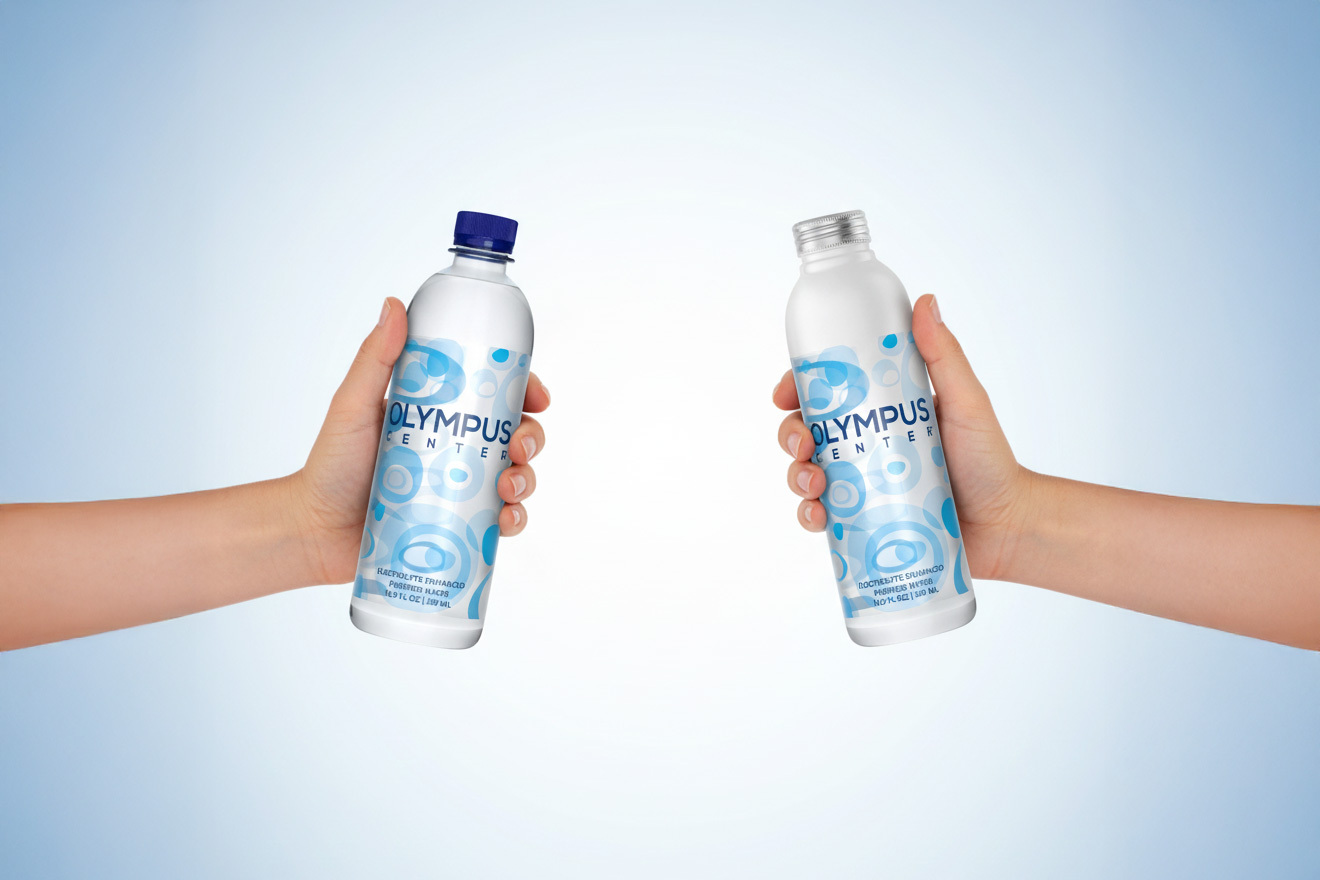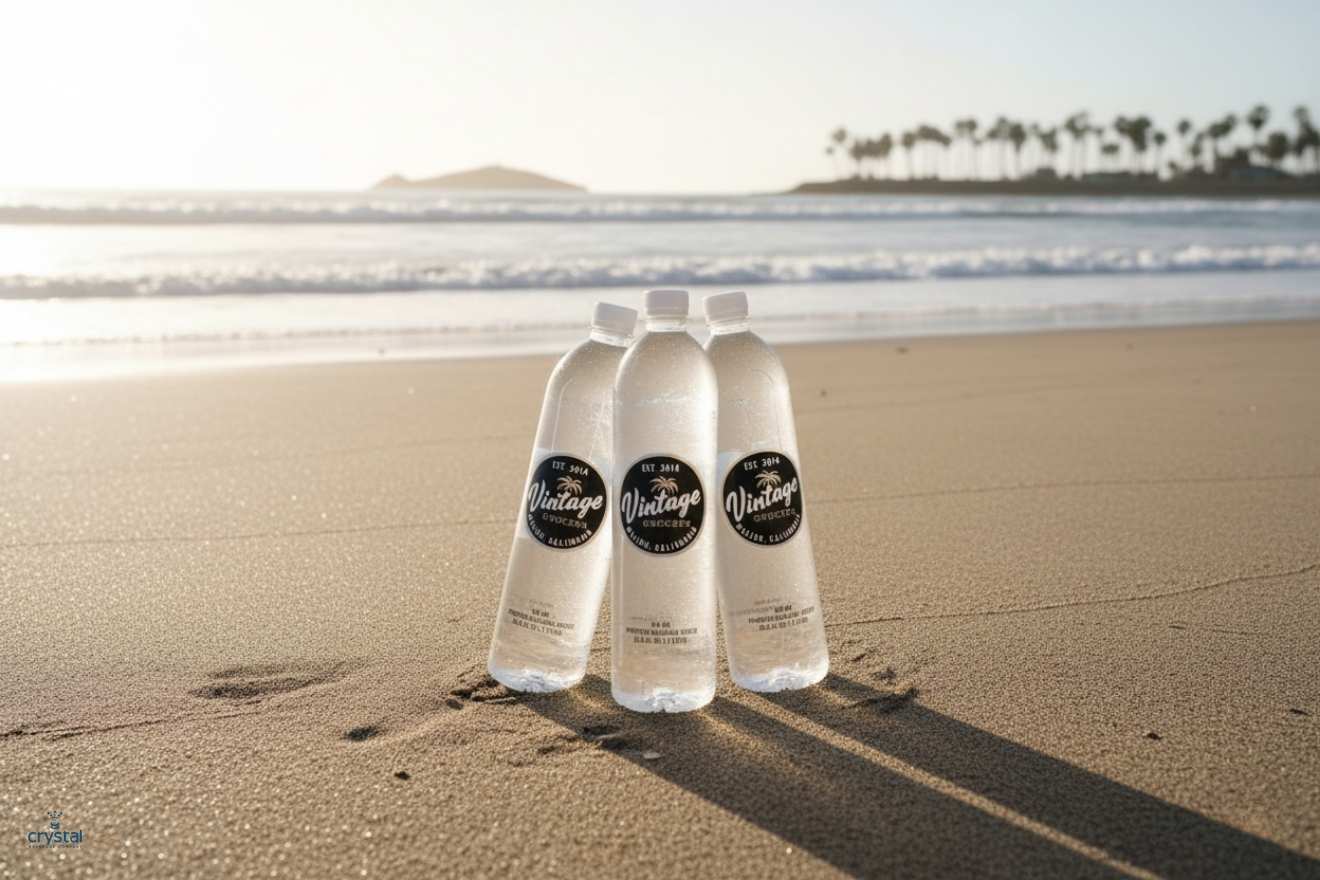Life Cycle Of An Aluminum Can


Most of us have bought aluminum cans, specifically, cans of soda or maybe a beer. These cans are mainly made out of aluminum material that is non-biodegradable but, thankfully, recyclable. These containers go through a long and intricate process to become cans that hold your favorite beverages.
Now that it is almost summer, depending on where you live, you are probably looking forward to cold drinks on your patio, backyard, poolside while grilling with your family and friends and more than likely you’ll find yourself reaching for a cool drink.
However, have you ever wondered what the life stages or life cycle of the aluminum can in your hand is? Have you ever thought of the intricate process that transcends from manufacturing, processing, distribution, to recycling?
We use aluminum cans almost every day and only some really know how aluminum cans come to be and how much energy is needed to produce such a daily product. In this article, we’ll take you through the life stages of aluminum can — from how it’s produced, distributed, consumed, disposed of, and to how it gets recycled. It is a shocking reveal of facts, statistics, tips, benefits, and overall guidance through the recycling process.
HOW ALUMINUM ARE CANS MANUFACTURED
New aluminum cans comprise of bauxite ore, which is found in places like Africa, South America, and Oceania. After mining, the bauxite undergoes chemical processing to turn it into alumina or aluminum oxide. Then, this aluminum undertakes further processing, or smelting as is commonly known, into pure aluminum metal.
From there, compression and rolling activities turn the molten aluminum metal into thin sheets. This is where you start to witness a shape and design that is more familiar to ourselves. The aluminum sheets are now ready to create several new products and items such as the aluminum cans being discussed.
This hectic and strenuous process is very energy-intensive. However, since aluminum is infinitely recyclable and does not lose its physical and chemical properties, it more than pays for the costs. Especially, when the aluminum cans include mainly bits and pieces of recycled cans rather than virgin metal.
These sheets are later transferred to manufacturing plants and systematically fed through a press machine, which presses out the shape (a circle). Other machines, along this manufacturing line, further refine the shape, smooth out, and finally polish the metal.
Pure aluminum material is the primary ingredient when manufacturing the aluminum cans; however, sometimes they incorporate a small amount of other metals. With this in mind, note that a lot of aluminum cans that are created are made up of recycled materials thereby reducing manufacturing and production costs significantly.
To the lid and bottom, the manufacturing plants usually include alloy metals to make them stronger than the sides of the can. These alloy metals usually come in the form of iron, manganese, and magnesium. This added quality enhances the base support of the cans while increasing its durability and length of service.
Next on this lengthy processing voyage is washing and having the respective company logo printed on. Afterwards, they are varnished, further polished and shaped. If necessary, they go through an inspection before packaging and shipping to the respective beverage company.
HOW ARE THE CANS CONSUMED AND DISPOSED-OF?
After filling the cans at the beverage company and arriving at your local store, they are ready for us to buy and drink.
Unfortunately, many people simply throw them in the garbage after consuming their drink without regard of what happens next. The average estimate of aluminum cans that are thrown away in the trash and go to the landfill each year is about $700 million worth
of aluminum! As such, something should be done to curb these staggering numbers. That “something” involves recycling of these aluminum cans.
RECYCLING ALUMINUM CANS
Aluminum bottles and cans can undergo endless recycling, without losing their quality or quantity. The recycling process only needs about 5% of the energy, which the production of new aluminum needs. Now that is a deal worth every effort!
You can sort these cans separately from plastic and paper materials. Afterwards the sorted cans are brought to a scrap metal facility or recycling depot, melted down, and through the same manufacturing process (previously outlined in the above texts) as they did when it was first mined.
Recycling might seem like unnecessary work but be sure that the results are definitely worth it. If you already recycle, then keep up the spirit and fight. If not, then here are some few tips on how to recycle your aluminum cans.
TIPS FOR RECYCLING
▪ Use washable containers, like Tupperware, for packaging food instead of tinfoil. ▪ Press your aluminum cans after use
▪ Even dirty cans are susceptible to collection and recycling without needing to rinse them out.
▪ Do not do extra car drives to dispose of the cans; as you will waste more energy for the action when compared to the actual process of recycling.
▪ If you are not sure whether the product’s material is actually aluminum, adapt the kink test. If the kink it goes back to the origin shape, throw it in the garbage, if it stays you can bring it to the collecting point.
WHAT ARE THE BENEFITS OF RECYCLING YOUR ALUMINUM CANS?
As a natural resource, there are several benefits to recycling your aluminum cans. These advantages are both environmentally conscious and financially beneficial in the long run. Through recycling of our aluminum cans we can positively influence our environment conservation agenda as its energy-proficient, cost-effective, and convenient.
1. RECYCLING SAVES A LOT OF ENERGY
Since the intricate process of aluminum mining, processing, and manufacturing incorporates a lot of energy, having the cans recycled reduces the energy-cost. The significant reduction averages on around 95% less energy than the energy needed for primary production. Now that is one heck of a drop in energy consumption!
2. AVOIDS MINING
With the need for mining up new raw materials for processing negated through recycling, the environment’s natural resources rejuvenate. This particular benefit greatly serves our environmental conservation agenda as a whole.
3. ALUMINUM NEVER WEARS OUT
Thanks to its innate properties, recycling aluminum can be done indefinitely, which means less mining, which can have an environmental impact. This is because aluminum material retains all its physical and chemical properties regardless of shape or state.
4. CONVENIENCE AT ITS PRIME
Recycling is also quick as it usually takes just a couple of months for the aluminum to be ready and distributed back to the consumers. We all know how important our environment is and how important it is to stop polluting it and be better stewards of our natural resources. Take charge in protecting and conserving our environment through recycling and reusing these aluminum cans.
DRINK AND RECYCLE RESPONSIBLY
Now that we know the number of resources that go into mining and producing aluminum, please consider recycling them, if you do not already, rather than throw them out.
This recycling process might sound inconvenient, having to bring the cans to an aluminum recycling or scrap metal facility, but a lot of them will give you a refund when you do. If you drink a lot of soda or beer, this can add up over time! It can even be a source of income if you have the free time to source for the cans.
With recycling of aluminum cans, not only will you be getting some of your deposit back, but you will also be improving the material’s life cycle and helping the environment as well. Envision the benefits of this trait and the effort needed for recycling will seem abysmal.
Share the information on the life of an aluminum can, through its elaborate manufacturing process, with your pals and family to raise awareness in this crucial exercise.
For a more detailed explanation and guide of the life cycle of an aluminum can, check out the official 2021 report from The Aluminum Association.






